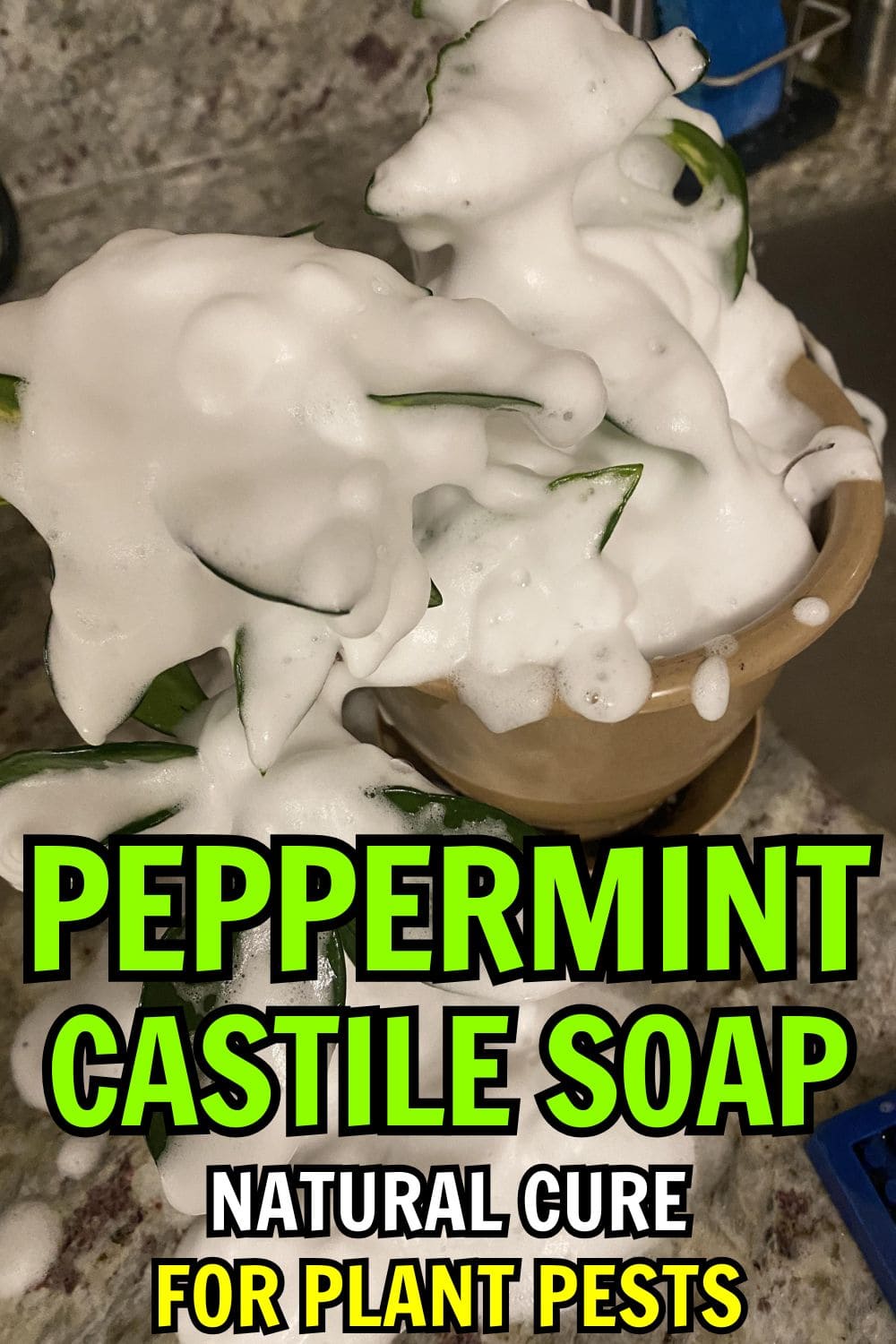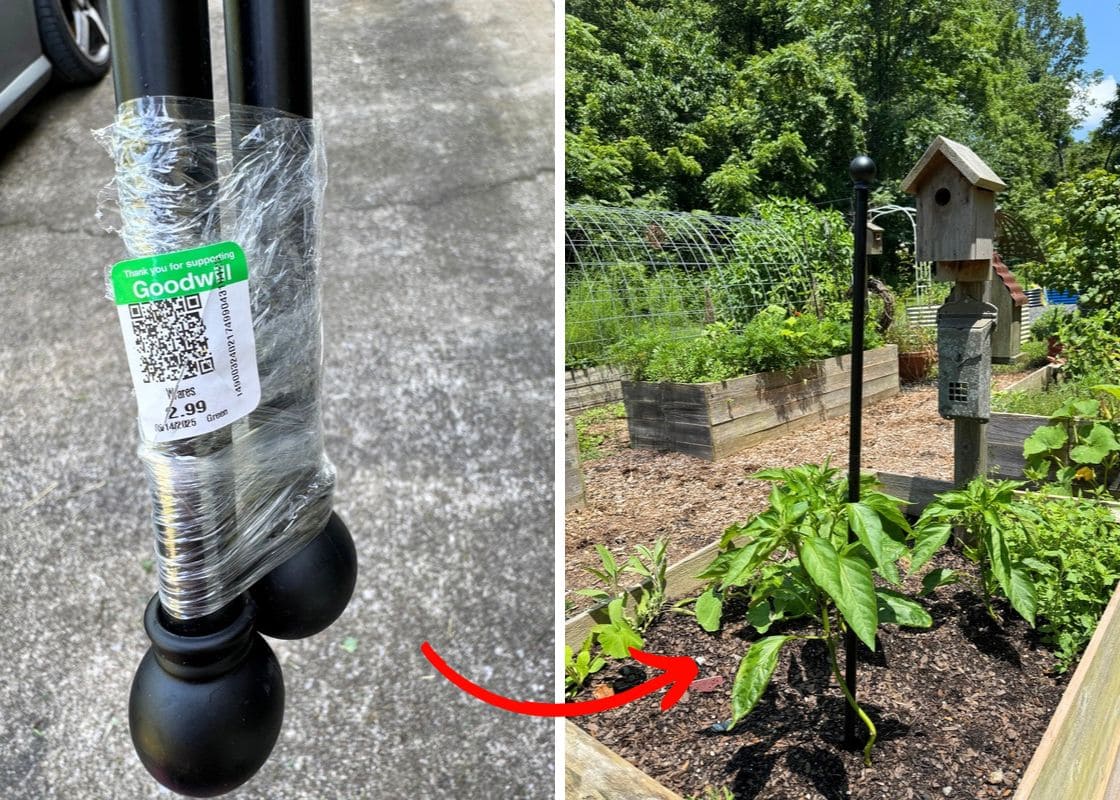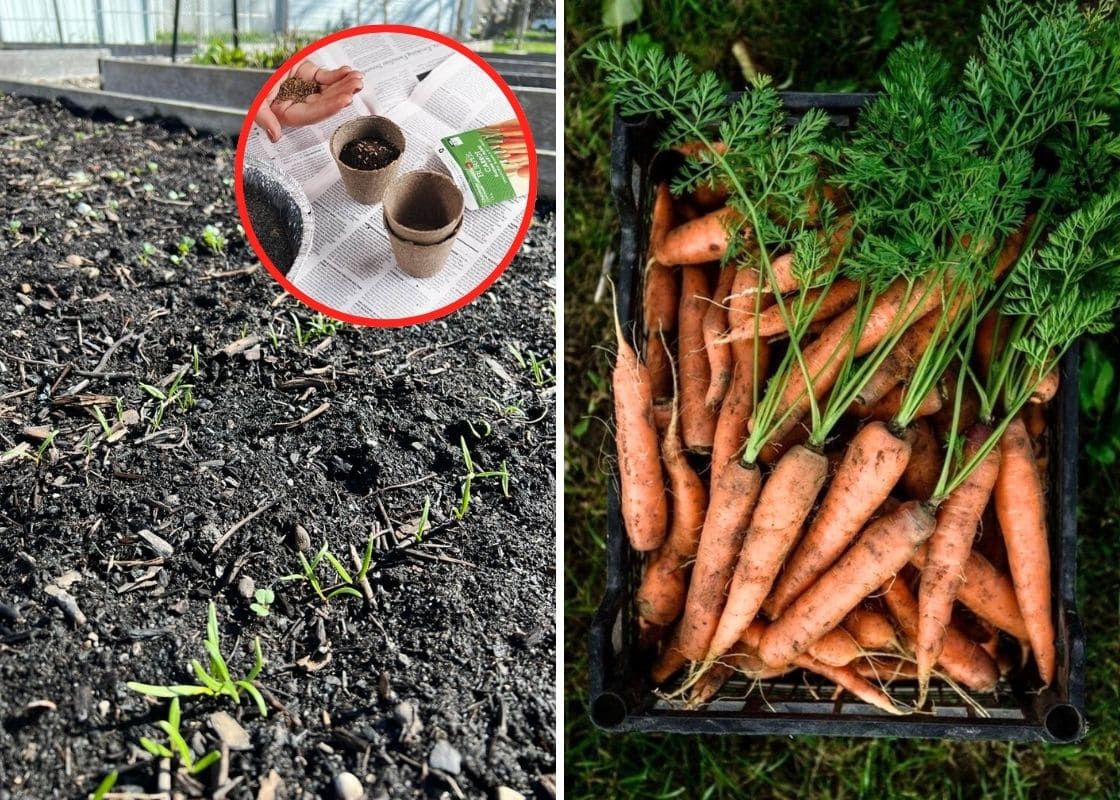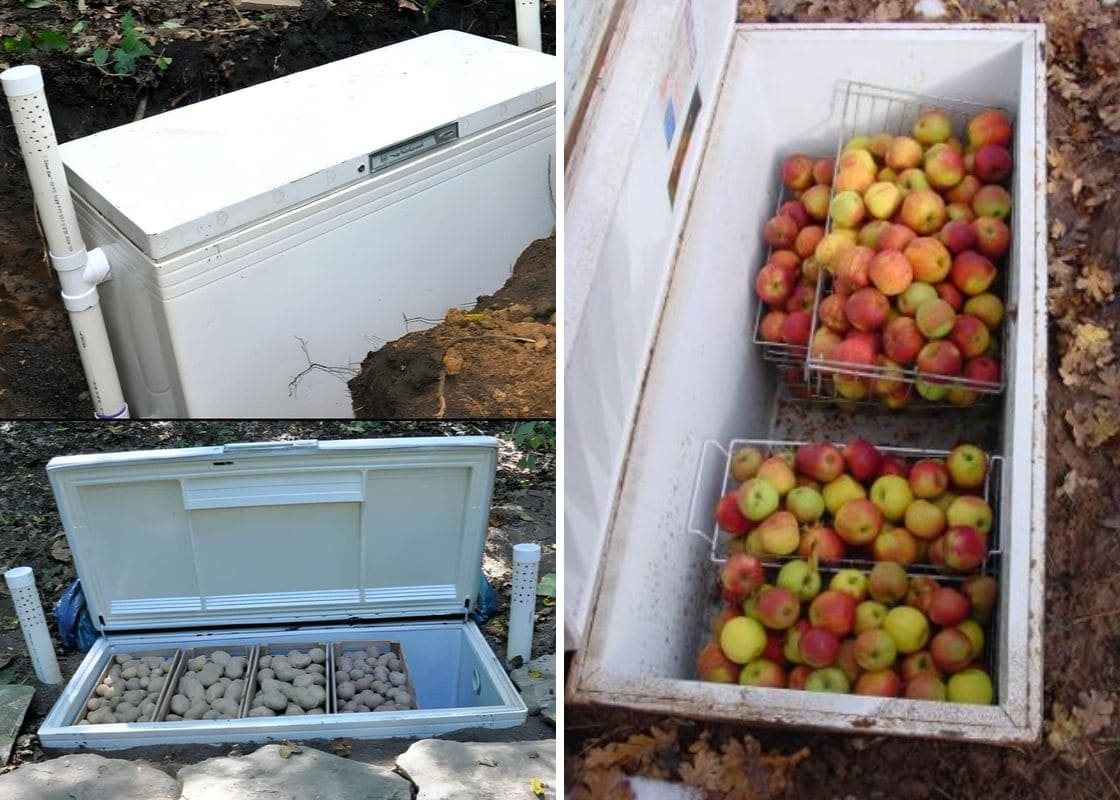If you’ve ever spotted tiny webs, sticky leaves, or mysterious holes in your houseplants, you know the sinking feeling that comes with pest infestations.
Spider mites, mealybugs, and aphids can sneak in overnight and take over before you know it.
I’ve tried many remedies over the years, but one simple, all-natural method has saved more plants than anything else – the peppermint Castile soap method.
Why Peppermint Castile Soap Works
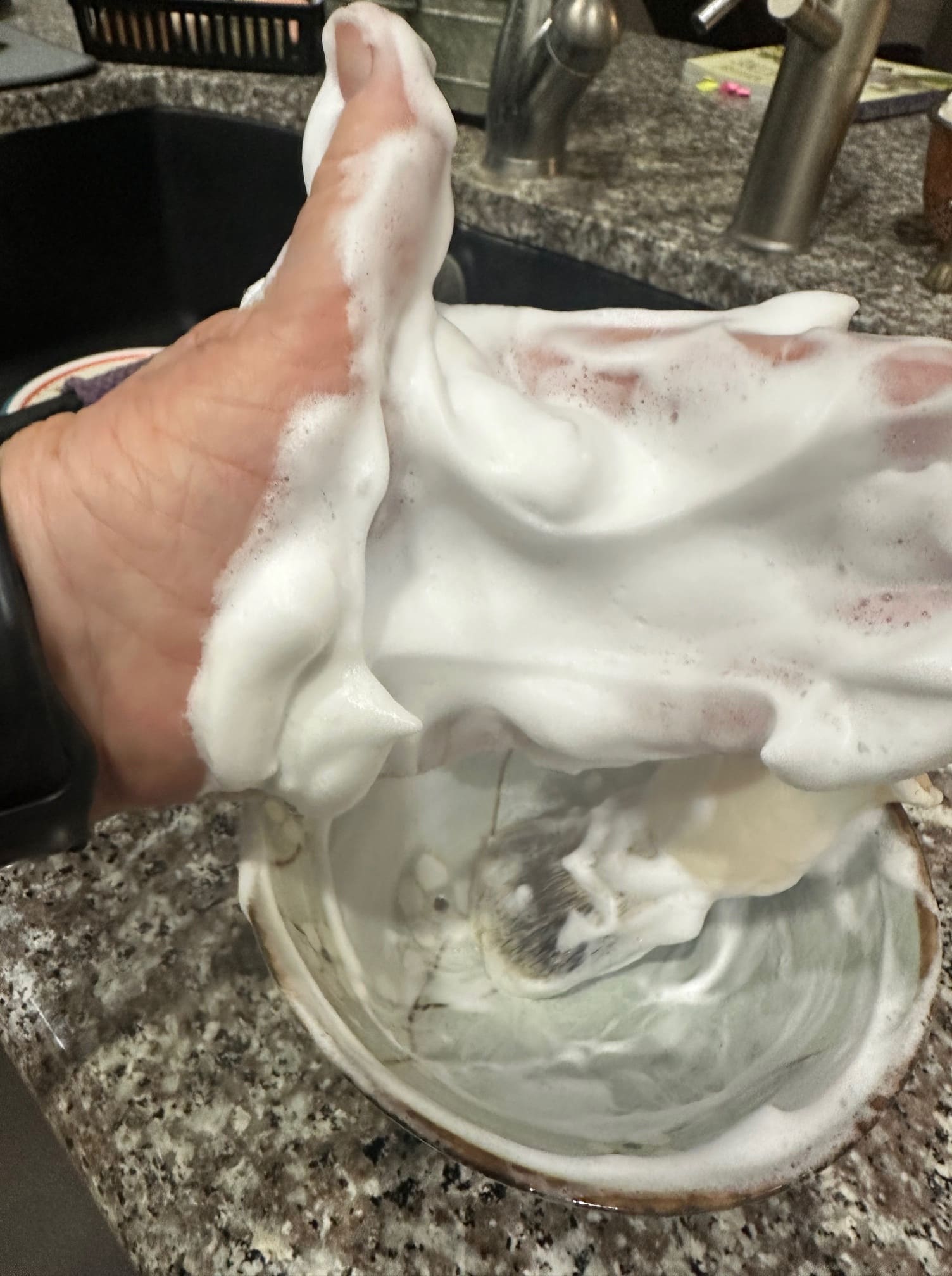
Peppermint Castile soap is a plant-based liquid soap made from olive, coconut, or hemp oils.
It’s free of harsh chemicals but powerful enough to break down the outer shells of soft-bodied insects like spider mites, mealybugs, scale, and aphids.
When the soap coats the pests, it suffocates them by blocking their airways.
Meanwhile, the peppermint oil acts as a natural repellent as its strong scent drives insects away and keeps them from returning.
It’s like a one-two punch that kills existing pests and deters future infestations.
What You’ll Need
You only need a few simple ingredients:
- Pure Peppermint Castile Soap (such as Dr. Bronner’s or any natural brand)
- Water
- Foaming soap dispenser or spray bottle
- Soft cloth or sponge
That’s it! No toxic sprays, no complicated mixtures, just pure, natural ingredients you can use right from your kitchen.
How to Use the Peppermint Soap Method
Here’s how to apply it safely and effectively:
- Combine about 1 tablespoon of peppermint Castile soap with 1 quart (1 liter) of water. Then shake or swirl gently until mixed.
- Using a foaming soap dispenser or spray bottle, coat the affected leaves completely. The goal is to encase the pests in foam. Don’t just mist lightly; you want a thick layer that stays in place.
- Allow the foam to dry on the leaves. This ensures enough contact time to suffocate and kill the pests.
- After a few hours, rinse your plant gently with clean water to remove any residue. Repeat every 2-3 days until the pests are gone.
Most infestations clear up after two or three treatments, and I’ve never lost a plant using this method.
Which Pests Peppermint Castile Soap Kills

The peppermint Castile soap method is a reliable cure for most common plant pests:
- Spider mites (those tiny web-makers)
- Mealybugs (white cottony clusters)
- Scale insects (sticky brown bumps on stems)
- Aphids (tiny green or black bugs on new growth)
It even helps control mild fungal issues because the soap disrupts spores on the surface of the leaves.
Why It’s Better Than Commercial Sprays
Most commercial insecticides contain synthetic chemicals that can damage tender foliage or harm beneficial insects.
Castile soap, on the other hand, is biodegradable, eco-friendly, and gentle enough for indoor use.
The peppermint scent also has an added benefit, it freshens up the room and helps deter pests like gnats and even ants.
Plus, you can reuse the same soap for cleaning or other DIY home recipes.
Tips for Best Results
- Always test on one leaf first to make sure your plant tolerates the solution.
- Avoid using it under direct sunlight, as wet leaves can get sunburned.
- Don’t overuse it, two or three treatments per week is plenty.
- For delicate plants like ferns or African violets, dilute the soap mixture further.
If you’re using it outdoors, apply early in the morning or evening when the sun is not too strong.
What Makes Peppermint Special
Peppermint oil doesn’t just smell good, it has natural insecticidal and antifungal properties.
The menthol in peppermint confuses pests’ senses, repelling them long after the soap has dried. That’s why this method doesn’t just treat an infestation.
It’s the same reason many gardeners plant peppermint near doorways or garden beds. The scent works as a barrier against unwanted bugs.
My Experience Using It
I’ve used this method dozens of times over the years like on houseplants, herbs, even small shrubs.
The first time I tried it was on a fiddle leaf fig that had been overtaken by mealybugs. After two treatments, the leaves were glossy again, and the pests were gone.
Now I keep a small bottle of peppermint soap mix under my kitchen sink at all times.
Whenever I see the first sign of trouble, a sticky leaf or a few tiny webs, I grab it immediately.
Refer to: DIY Garlic Insect Spray For Your Plants
